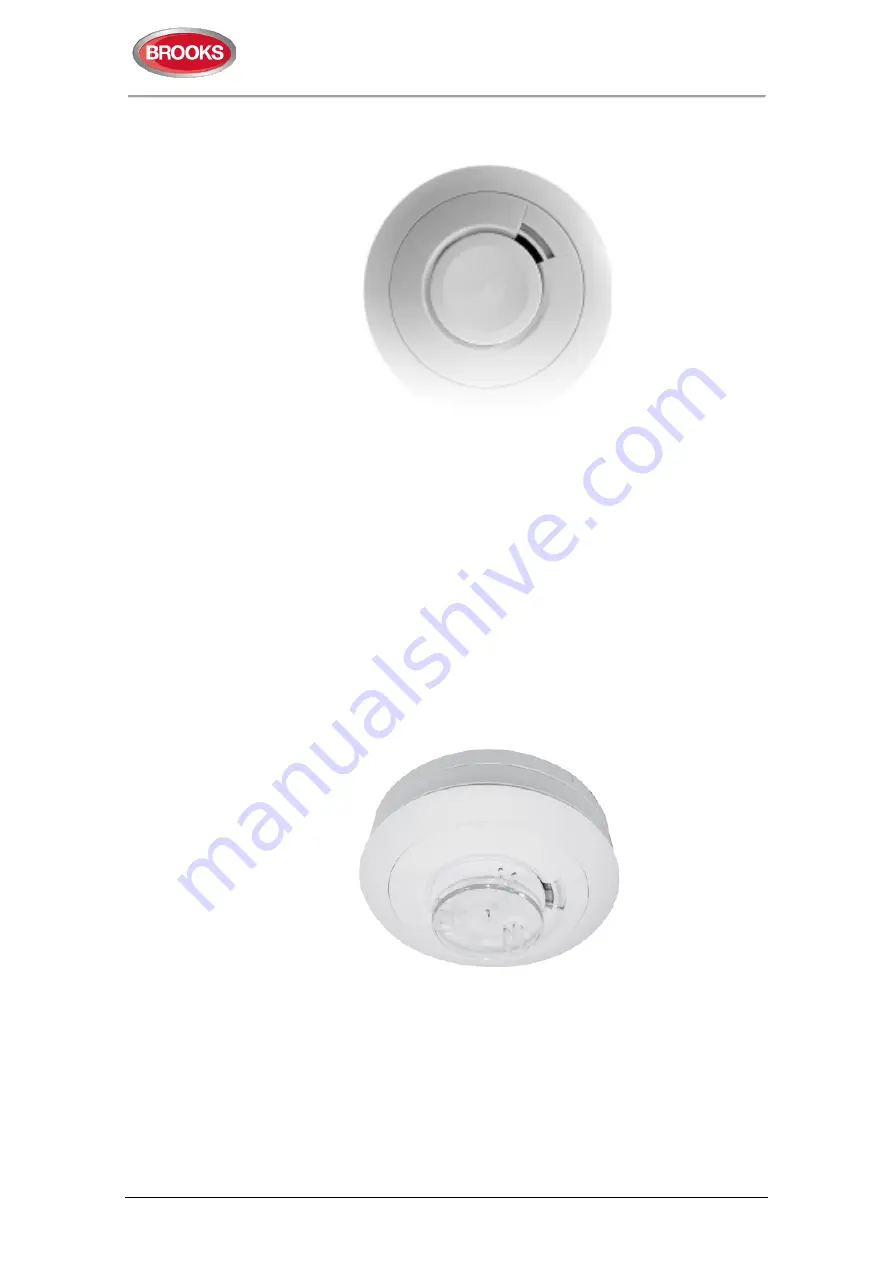
Operation & Installation Manual RFS1 V2
MA365 Rev 3
7 of 46
smouldering fires and the dense smoke given off by foam filled furnishings or
overheated PVC wiring. They are less prone to nuisance alarms from cooking
fumes, and furthermore, contain no radioactive material.
However, all photoelectric Smoke Alarms are prone to nuisance alarms caused by
dust or insect contamination. Mesh screens are provided and are effective in
reducing insect ingress, but it is impossible to make the Alarms dust or insect proof
since they would then be effectively smoke proof! For this reason, it is essential that
photoelectric Smoke Alarms are periodically cleaned. The recommended areas to
install photoelectric Smoke Alarms are in bedrooms and living areas adjacent to
kitchens. Refer to the EIB650iWX leaflet.
Operating Principle:
Light scattering - transmitter produces pulses of light which
are detected by a receiver when smoke enters the sensing chamber.
2.1.3
Heat Model (EIB603CX)
Heat Alarms require less maintenance than photoelectric Smoke alarms. There are
locations where the installation of a Smoke Alarm is not recommended, e.g. kitchens,
laundries, garages, etc. Yet these areas are a potential of fires and the need for an
alternative method of fire detection is, in the opinion of many fire officers and
specifiers, essential in this and other vulnerable locations of residential properties.
The Heat Alarm EIB603CX provides such an alternative. Fixed temperature heat
alarms are designed to trigger when the temperature reaches approximately 58ºC.
The heat alarm is not sensitive to smoke, but in a closed room with a vigorous fire
they will tend to respond faster than a Smoke Alarm a distance away in the hallway.
A Heat Alarm
MUST
be interconnected to your Smoke Alarms so that the Alarm can
be heard throughout the building.
Operating Principle:
Thermistor sensor - resistance value varies with temperature.





























